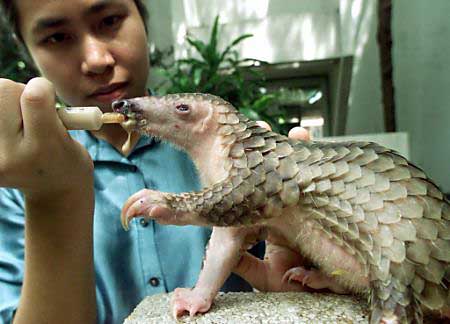A century of destruction: the death of the Murray Darling basin
By the dawn of the 20th century, much of this transport load had moved on to the railways, and though it had begun in the 1880s, irrigation with water drawn from both these rivers began in earnest. This opened up huge areas of the inland to farming, particularly for water hungry crops, orchards, and vineyards. And the flow of the largest river system in the country was gradually, but consistently reduced to a trickle. The once navigable river has all but dried up, and in most summers would be difficult to travel along in more than a kayak.
The effect of this drastically reduced water flow on the natural environment has obviously been immeasurable. And now, it seems that concerned scientists have given the river less than six months to live, before it becomes little more than a drain, carrying the run-off effluent from the farms that have profited from it for over a century.
It seems almost incomprehensible that such a dramatic tragedy could take place before the eyes of a population so supposedly concerned with the environment. But there it is. For once, the government is faced with a decision which is as straight forward as it has always been, though in this case probably much more obvious: economy vs environment.
In this particular case, at this time, the choice is either/or. The time for compromise has clearly passed, and if the river is to be saved, then massive amounts of water need to be released from facilities upstream. This water will cost money, and in no way do I expect the farmers who rely on it will wish to go without compensation.
But the clock is audibly ticking, and a lack of decision will ultimately be the final nail in the coffin for this once mighty river system.







